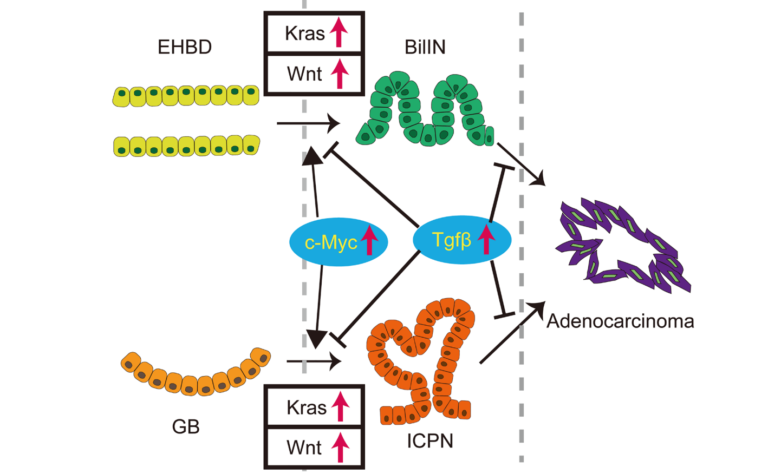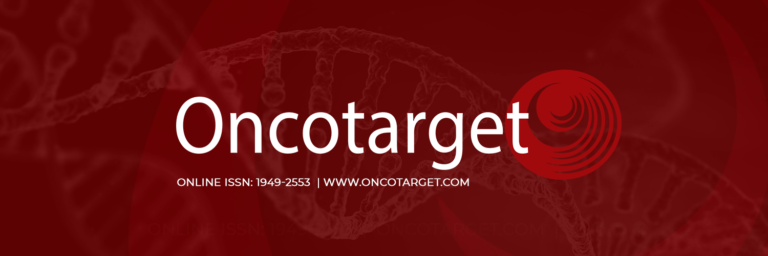“Growth and aging are driven by overlapping signaling pathways.”
—
BUFFALO, NY- March 2, 2023 – Aging (listed as “Aging (Albany NY)” by MEDLINE/PubMed and “Aging-US” by Web of Science) published a new review paper in Volume 15, Issue 4, entitled, “Cellular senescence: when growth stimulation meets cell cycle arrest.”
In this review, Mikhail V. Blagosklonny, M.D., Ph.D., from Roswell Park Comprehensive Cancer Center discusses cellular senescence—a natural process that occurs as cells age and eventually stop dividing. Recent research has revealed that cellular senescence can also be triggered by hypertrophy and hyperfunctions.
“At the very moment of cell-cycle arrest, the cell is not senescent yet. For several days in cell culture, the arrested cell is acquiring a senescent phenotype. What is happening during this geroconversion? Cellular enlargement (hypertrophy) and hyperfunctions (lysosomal and hyper-secretory) are hallmarks of geroconversion.”
In his comprehensive review paper, Dr. Blagosklonny explores the complex relationship between growth stimulation and cell cycle arrest in cellular senescence. He discusses the various mechanisms that can lead to senescence, markers of senescence and geroconversion, and the importance of understanding these mechanisms and markers for the development of anti-aging drugs.
“The same pathways that drive geroconversion are involved in organismal aging and age-related diseases. The same drugs that slow down geroconversion also extend lifespan, as tested in animals so far. Targets of gerostatics (e.g., mTOR, PI3K) are involved in aging of animals from worms to mammals. Therefore, gerostatics are anti-aging drugs. The model of geroconversion is useful to discover anti-aging drugs.”
Dr. Blagosklonny is a renowned expert in the field of aging research. He has focused on the molecular mechanisms of aging, the hyperfunction theory of aging and the development of new drugs to combat age-related diseases. Dr. Blagosklonny’s research, perspectives and reviews have made significant contributions to our understanding of aging.
Read the Full Paper: DOI: https://doi.org/10.18632/aging.204543
Corresponding Author: Mikhail V. Blagosklonny
Corresponding Emails: Blagosklonny@oncotarget.com, Blagosklonny@rapalogs.com
Keywords: rapamycin, mTOR, hyperfunction theory of aging, cell volume and enlargement, gerogenic conversion
Sign up for free Altmetric alerts about this article: https://aging.altmetric.com/details/email_updates?id=10.18632%2Faging.204543
AGING (AGING-US) VIDEOS: YouTube | LabTube | Aging-US.com
About Aging-US:
Launched in 2009, Aging (Aging-US) publishes papers of general interest and biological significance in all fields of aging research and age-related diseases, including cancer—and now, with a special focus on COVID-19 vulnerability as an age-dependent syndrome. Topics in Aging go beyond traditional gerontology, including, but not limited to, cellular and molecular biology, human age-related diseases, pathology in model organisms, signal transduction pathways (e.g., p53, sirtuins, and PI-3K/AKT/mTOR, among others), and approaches to modulating these signaling pathways.
Please visit our website at www.Aging-US.com and connect with us:
For media inquiries, please contact media@impactjournals.com.

